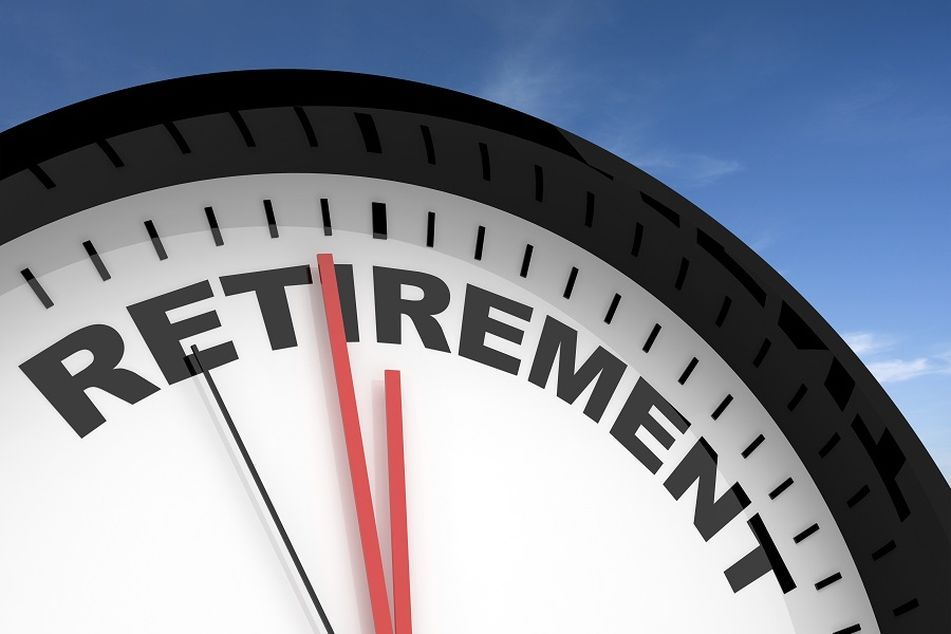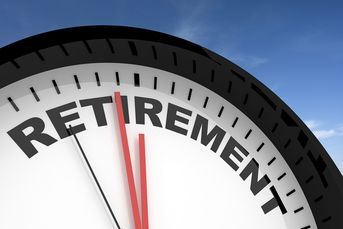How independent financial advisers can help themselves to retire
 1
1
With a good plan, the right people, and adequate time, retirement is possible.
As a financial adviser, you have spent your career helping clients to build and protect their wealth so they can retire comfortably and accomplish the items on their bucket list. Ironically, it seems that many financial advisers have not taken their own advice.
According to a 2018 study by the Financial Planning Association and Janus Henderson Investors, 73% of advisers lack a formal succession plan. For smaller and solo firms, the lack of succession planning is more acute, with just 13% of advisers managing less than $50 million having a formal plan, compared with 60% of those at firms with $500 million or more in managed assets.
As the industry continues to age out — there are currently more certified financial planners over the age of 70 than under 30 — the lack of succession planning is reaching crisis levels.
Plan for sudden departures
Many financial advisers enjoy what they do and have built a life-long client portfolio with deep relationships and sound investment advice. Unfortunately, these same advisers consciously or unconsciously think that in order to provide continued care to clients, the only choices are to die at their desk or leave their clients in the hands of less experienced colleagues.
Developing compliance issue
To make matters worse, there is current and pending legislation that requires financial advisers to have a business succession plan in place.
In 2016, the Securities and Exchange Commission proposed a rule to mandate “business succession and transition plans” for the roughly 12,000 advisers (of the estimated 300,000 financial advisers) the agency oversees. This proposal is stalled and there is currently no federal law requiring advisers to have a succession plan in place.
However, according to the North American Securities Administrators Association, at least 12 states require registered investment advisers to have business succession plans in place that minimize “service disruptions and client harm that could result from a sudden significant business disruption.”
New spin on succession planning
There are few options for financial advisers looking to wind down their practices or implement a business continuity plan.
The good news is that monetizing your book doesn’t mean you must fully retire. Today, there are options to structure transition deals that allow advisers to monetize their book of business today and retire later.
These are commonly called “sell-and-stay” or “sell-and-service” models, and they are growing in popularity. This exit strategy offers the most flexibility and freedom, and is ideal for both the older adviser poised for retirement and the younger adviser thinking ahead for the future.
In the sell-and-stay model, advisers sell their entire business to another financial advisory firm, but stay on in some capacity to service clients. This allows transitioning advisers to continue to work with their clients and earn an income without the obligations of business ownership.
Today, there are even more options where an adviser can sell only part of his/her book, which affords the seller complete flexibility in his/her practice.
Finding the right fit is key
A critical part of successfully transitioning a book is transitioning the client relationships. If clients do not know and trust the adviser’s successor, they will most likely leave and the seller will get less revenue for the book of business.
This means that sellers must look beyond monetary evaluations to find a buyer who will be the ideal successor for their clients. The most suitable buyer should share your investment and client service philosophies.
[Recommended video: Walt Bettinger lays out Schwab’s plan with zero commission trading]
One of the most effective ways to transition clients is to handpick the best successors from a pool of well-trained, next-generation financial advisers. The seasoned adviser provides the successor with personal mentoring tailored specifically to their clients.
Together, the rising and retiring advisers take a tag-team approach to servicing the clients, until the senior adviser determines the right time to hand off the client relationships to the successor. The older adviser has the opportunity to stay involved as much as he/she would like, while the successor gets sage advice from his/her elder and inherits a book of business.
Additionally, young advisers are well-situated to grow their business further after inheriting their elders’ books. When done under the direction of a senior adviser who has gained a lifetime of knowledge and is vested in knowledge-sharing and client success, young financial advisers are well-equipped to develop additional clients of their own.
The bottom line
It is important to remember that succession planning is not an end-game strategy. With a good plan, the right people, and adequate time, retirement is possible.
If you are one of the 50,000 baby boomer owner-advisers, it may be time to ponder that bucket list, then develop a succession plan that will make your dream retirement a reality, while properly ensuring business continuity for your clients after you are gone.
[More: Being mindful about retirement]
William McCance is president of Trust Advisory Group.
Learn more about reprints and licensing for this article.




